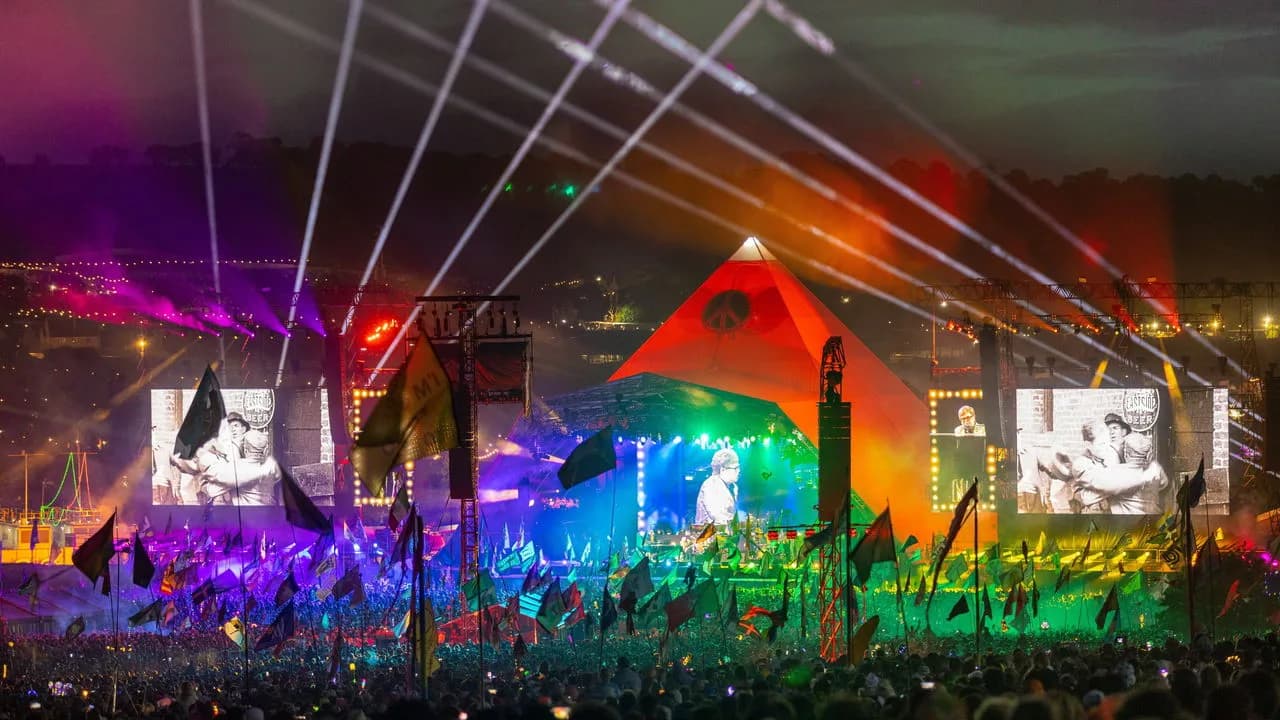Music festivals have long reflected the spirit of their times and the cultural trends shaping society. Beginning with the legendary Woodstock festival in 1969, these events transformed from simple artist performances into true cultural phenomena that united young people and provided a space for self-expression and creative experimentation. Woodstock became a symbol of the counterculture movement, protests against the Vietnam War, and the quest for freedom. It was at this moment that music festivals gained significant scale and meaning, evolving beyond mere entertainment platforms into powerful social gatherings that captured the hopes and struggles of an entire generation.
This revolutionary spirit of Woodstock inspired the creation of many other festivals worldwide, setting a precedent for open-air events that would combine music, art, and activism. The atmosphere of freedom, peace, and unity promoted at Woodstock still resonates today and continues to influence how festivals are organized and experienced.
Diversity of Genres and Changing Musical Trends
The original Woodstock festival was primarily a rock event with a strong focus on psychedelic and folk music. Performers such as Jimi Hendrix, Joan Baez, and Kris Kristofferson exemplified the musical and social atmosphere of that era. However, as time passed, the festival scene expanded dramatically in scope and diversity. During the 1970s and 1980s, rock and progressive rock gave way to punk, reggae, hip-hop, and electronic music. Festivals began to incorporate these new genres, attracting wider and more varied audiences.
Punk brought a raw, rebellious energy to festivals, often reflecting political dissent and social critique. Reggae introduced a rhythm deeply connected with themes of resistance and spirituality, while hip-hop emerged as a powerful voice for urban culture and identity. Electronic music started gaining ground, initially in underground clubs, before becoming a festival staple.
In the 1990s and early 2000s, a wave of festivals emphasizing electronic and dance music emerged. Events like Tomorrowland and the Ultra Music Festival gathered millions of fans dedicated to the electronic music scene. Concurrently, crossover genres became popular, blending hip-hop, R&B, pop, and even rock elements. Music festivals evolved into platforms for artistic experimentation, allowing performers to combine different styles and appeal to a broad spectrum of listeners.
This period also saw a rise in niche festivals focused on specific genres, from jazz and blues to metal and folk. The increasing segmentation of music audiences led to highly specialized events, giving fans the chance to immerse themselves deeply in their preferred styles while still benefiting from the communal festival experience.
Festivals Today: Multi-Genre and Digitalization
Contemporary music festivals are notable for their vast genre diversity. Today, a single event might feature rock, pop, hip-hop, EDM, jazz, blues, and even classical music, reflecting the globalization of the music market and the increasingly eclectic tastes of audiences worldwide. Festivals have grown into social and cultural events where music intersects with art, technology, and environmental activism.
Digital transformation has significantly influenced festival formats as well. In the age of online streaming, virtual reality, and social media, music events have become more accessible, expanding their reach exponentially. Alongside this growth, online casinos and other digital entertainment forms illustrate how technology is reshaping leisure and creative consumption. Despite these advancements, live festivals retain a unique atmosphere of collective energy and connection that cannot be replicated virtually.
The integration of new technologies has also enhanced the festival experience itself. From immersive stage designs and interactive installations to augmented reality apps that help visitors navigate the event, technology enriches how audiences engage with music and each other. Environmental consciousness is increasingly influencing festival planning, with many organizers implementing sustainable practices, waste reduction, and energy-efficient solutions.
The Role of Festivals in Slovenia’s Cultural Landscape
In Slovenia, music festivals continue to flourish, mirroring global trends. Events such as the Ljubljana Festival, the Ment Ljubljana showcase festival, and numerous others bring together artists from diverse genres and countries, fostering cultural exchange and introducing new musical directions. Local festivals champion both traditional Slovenian music and experimental projects, helping preserve national identity while embracing international influences.
Slovenian festivals often emphasize community involvement and cultural dialogue, encouraging collaboration between local and international artists. This approach not only promotes musical diversity but also strengthens the country’s cultural fabric. Festival organizers are increasingly mindful of including various art forms alongside music, such as theater, visual arts, and film, creating multifaceted cultural experiences.
Festival culture has become an essential component of Slovenia’s tourism appeal, drawing visitors not only from Europe but from around the world. This growth supports the country’s economy and aids in developing a sustainable cultural sector. Modern Slovenian festivals often incorporate ecological and social initiatives, emphasizing their role not only as musical gatherings but also as important community events.
Conclusion
The evolution of genres at music festivals since Woodstock illustrates profound global shifts in society, technology, and culture. From the rock and psychedelic movements of the 1960s to today’s multi-genre and digitally enhanced festivals, these events continue to unite people, inspire creativity, and serve as vital platforms for cultural exchange. In Slovenia, this evolution is visible through the rich variety of local festivals and their active engagement in the international cultural scene. While digital formats expand access to music experiences, the unique magic of live festivals remains unmatched, connecting generations and creating unforgettable moments that resonate long after the final note has played.
